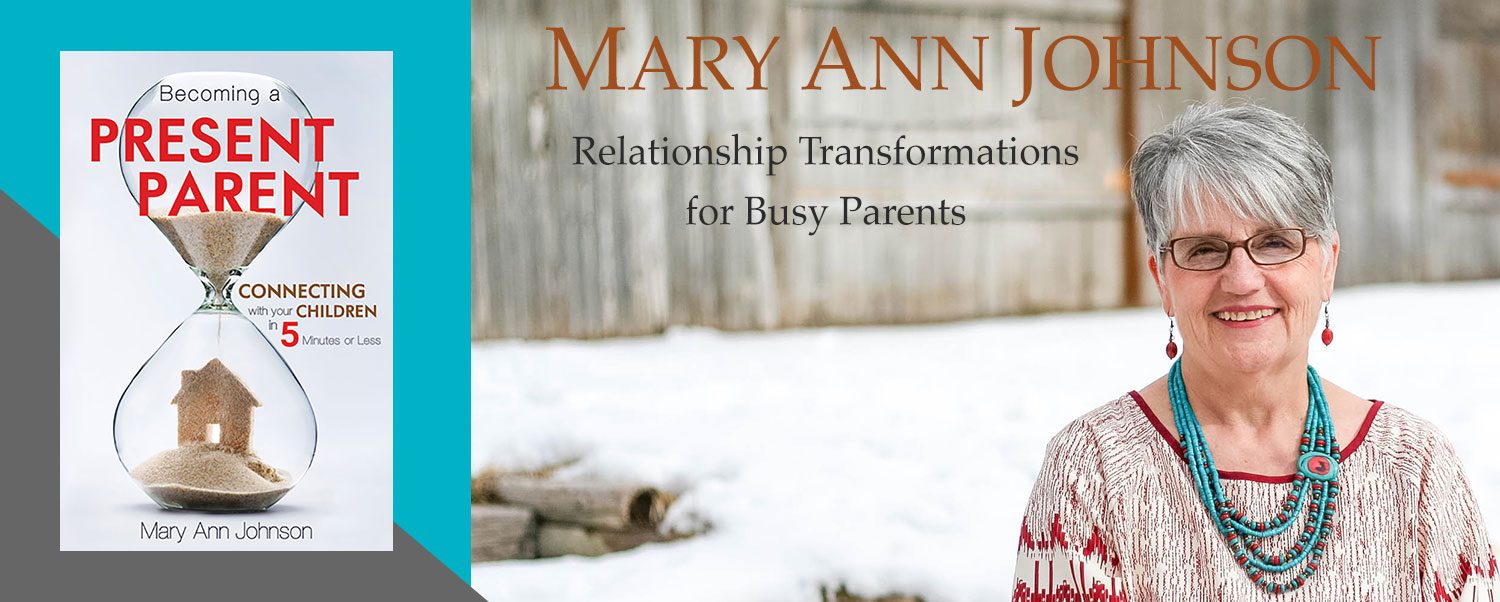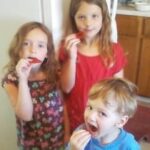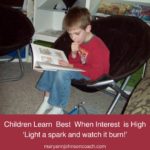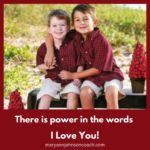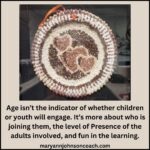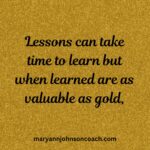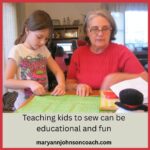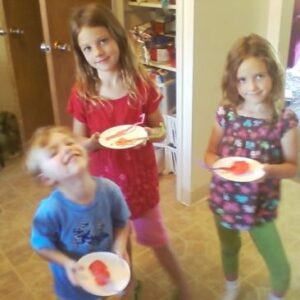
The wonderful experience I had with my Colorado grands in the summer of 2012 is too long for one article, so I am breaking it into two parts. They are still longish, but this was such a fun experience, I know you will enjoy reading about it and possibly doing something similar with your children or grands.
A Chemistry Lesson on the Fly
When we had this adventure, Ashley was eight, Lizzy was six, and their little brother, Parker, was three. I asked Lizzy and Ashley if they wanted to help me put some family mementoes into my hutch. It was fun work and led the girls on our chemistry adventure because of something this job sparked in them.
As we filled the hutch, I told them the stories behind each item. Some of the last items they put into the hutch were crystals that my daughter Jenny had sent to me from Southern Utah. Ashley asked me what these cool rocks were, and I told her they were crystals from the desert. She then asked how they were made. I replied that I didn’t know, but that we could find out. I told her I knew how to grow crystals from sugar, and we would begin there.
We went to the computer and googled “how crystals grow”. We found an instructional video on growing sugar crystals. The girls watched it three times. Then they gave me blow-by-blow directions on what we needed to do. We mixed one cup of sugar and three cups of water in a pan and brought it to a boil. We added a few drops of food coloring. Then we poured it into two jars. We wrapped chenille stems (pipe cleaners) onto butter knives and lowered them into the liquid, and put the jars on the windowsill in the kitchen. Ashley wanted to know why we were using chenille stems instead of string. Wouldn’t our candy be fuzzy? I replied that I thought the chenille gave the crystals many small spaces to grow in, so they would grow faster.
While we waited for the sugar and water to boil, I realized this is also how you make suckers. We added some corn syrup to the leftover mixture (no recipe, just poured a little in) and set it to boil again. Then I taught my granddaughters what soft ball, hard ball, and hard crack were when you make candy. We tested the candy often so they could see and taste all the stages. When it reached the hard crack stage, we poured it into a buttered pie pan and let it cool. I told the girls this was called Glass Candy. When it was cool, we broke it into pieces with a small hammer. Lizzy said it did look like glass. I asked her what made it look like glass. Both she and Ashley mentioned that it had sharp edges, you could see through it, and it broke like glass. I asked them if they knew what it was called when you could see through something like glass. They didn’t know. We talked about the words transparent, translucent, and opaque. This part of responding to the spark of interest they had shown in crystals took about 35 minutes. Eating the glass candy was the best!
Ashley and Lizzy were keen to know more, so we headed to the library. As we walked, the girls looked at the large rocks people had in their yards and driveways as decorations. Many had small shiny bits in them. They asked if they were crystals. I shared the term mica, which is what they were talking about. As we walked, they created a game with each deciding if a large rock had shiny bits because it held crystals or mica.
Books Can Rock an Adventure (no pun intended LOL)
At the library, we picked out books on rocks and crystals. I read them a children’s book on how rocks are made. It talked about volcanoes and igneous rocks. It had information about sand and the shells of tiny sea animals, and how sedimentary rocks are made. It showed in very simple terms how metamorphic rocks are made. This information really caught their attention. They asked questions about everything and practically had their noses on the page to get a really good look at all the pictures.
They were fascinated with the fact that there was hot, melted rock inside the Earth called magma, and that sometimes it erupts from the Earth. Lizzy wanted to know what erupt meant. They were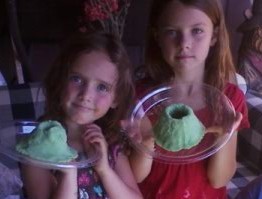 interested in information about what happens when lava cools. They were intrigued by the fact that when it cools, it becomes igneous rock, and sometimes, if there were people nearby, it left mummies. They squealed at the pictures of the mummies.
interested in information about what happens when lava cools. They were intrigued by the fact that when it cools, it becomes igneous rock, and sometimes, if there were people nearby, it left mummies. They squealed at the pictures of the mummies.
At home, we created some volcanoes with leftover play-dough I had. They turned out great, and we were able to get them to erupt using baking soda. They were proud to show their parents and younger sibling what they had learned.
